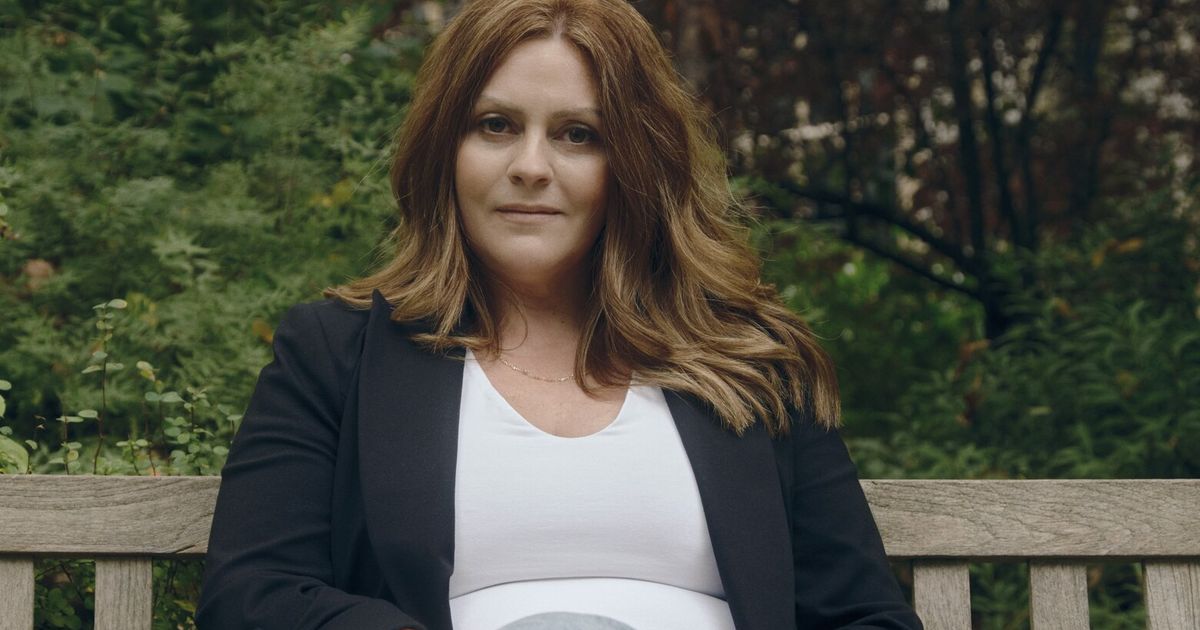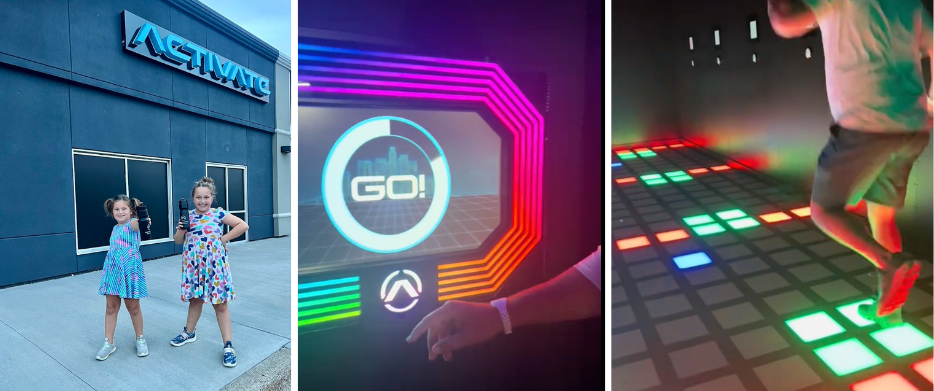INTRODUCTION A person who is sick immediately needs medicine or access to a hospital. Same way, a student with disability (SWD) needs an accessible classroom which is one of the important parts under inclusive education. About 2.21 percent of the Indian population are persons with disabilities (PwDs) in India. According to the 2011 census in... Continue Reading →
INTRODUCTION
A person who is sick immediately needs medicine or access to a hospital. Same way, a student with disability (SWD) needs an accessible classroom which is one of the important parts under inclusive education. About 2.21 percent of the Indian population are persons with disabilities (PwDs) in India. According to the 2011 census in India, there are around 78,64,636 disabled children, and the total population of students with disabilities must have increased in 2024. Inclusive education and classroom accessibility are of vital importance for students with disabilities, since they ensure equal access to excellent education and help them reach all that they can achieve. There are a lot of legal provisions that talks about inclusive classroom and inclusive education. However, students with disabilities commonly face major challenges to inclusion and accomplishment, such as physical, social, and attitudinal difficulties. Inclusive education overcomes this gap by creating a supportive and inclusive environment in which students of various abilities can learn together, share experiences, and acquire fundamental skills in emotional and social development.
A LEGAL OVERVIEW ON INCLUSIVE EDUCATION FOR SWDs
The Rights of Persons with Disabilities Act, 2016 (RPDA)
Chapter III of RPDA talks about education. Before we look into what chapter III conveys, let us look into the preliminary provisions that relates to an inclusive classroom. Section 2(l) defines “high support” where the term also includes high support. Section 2(m) defines the term “inclusive education”. This term means a student with disability or without disability study together and the teaching and learning environment should meet everyone according to the disability or suitability. This education is known as an inclusive education.
Section 2(x) talks about public facilities and services and educational trainings are one of the public facilities and services. The Act has a separate chapter on education for PwDs. Section 16 talks about the “duty of educational institutions”. It states that the Government as well as the local authorities should provide students with disabilities an inclusive education without any discrimination in admission, equality in sports and recreation activities, accessible building, campus and other facilities, reasonable accommodation, compulsory support in studies to achieve their goals and constant social development, provide education in the language and communication mode that are preferred by blind or deaf students, teach in a way that are suitable for students with learning disability, they should keep an eye on their academic progress like participation, class tasks, etc, and helping them with an easy way to travel as the students need more support.
Section 17 of RPDA talks about “specific measures to promote and facilitate inclusive education”. They include conducting survey once in every five years, establishing teacher training institutions, training teachers by teaching through sign language and braille and teaching in a way intellectual disability students can understand, training staff members and professional members with regard to inclusive education, establishing support research centres, promoting accessible communication and learning methods, providing scholarships, giving accessible and easy syllabus, promoting research and other suitable measures.
Section 18 of the Act talks about “Adult education”. It states that the official authorities should take supportive measures in adult education in an equal manner for SWDs. Section 31 talks about free education for children with disabilities who are aged between six and eighteen years old.
Article 24 of the United Nations Convention on the Rights of Persons with Disabilities, 2006 (UNCRPD) talks about education. It states that PwDs have the right to education. It also states that they must not be excluded and must be included in all the education system. Reasonable support and accommodation, accessible education have also been highlighted under this provision.
The Right of Children to Free and Compulsory Education Act, 2009 (RCFCE) has defined the term child with disability and has also stated that a disabled child will come under the category of child belonging to disadvantaged group. Section 3 of the Act states that a disabled child must be given free and compulsory elementary education.
Article 21A of the Indian Constitution, 1950 talks about the right to education. It states that the governments should provide free and compulsory education to children aged between six and fourteen. There is also a separate sub-chapter on education rights and it has been mentioned under Directive Principles of State Policies also.
WHAT IS AN INCLUSIVE CLASSROOM? STEPS AND TIPS
If a student cannot see the board because of blindness, a learning method using Braille should be used so that the student can read and follow. Therefore, an inclusive classroom is where SWDs feel comfortable with suitable teaching methods and an accessible environment. Before we talk about inclusive classrooms, we should make sure whether the entry to the classroom is accessible and inclusive. Students with physical disability who face difficulty in movement face barriers, and they must be given ramp facilities, handrails, corridors, elevators, green boards and directions with signs or pictures, direction facilities for the blind students, wheelchair accessibility and the floor must not be slippery.
The basic step for making the classroom is understanding the needs of SWDs. Accordingly, the teachers should adopt and adapt the teaching methods. After understanding, they must undertake an educational planning and modifying the curriculum. Peer support is also essential, and they have to develop an inclusive learning environment. Teachers should not scold or criticise the students, but should do so with care and affection. More support should be given to the SWDs who face more difficulties.
There are many SWDs who study in a school other than a special school, and they will be studying with non-disabled students. In these situations, the teachers should identify the disabled students and provide support and special tools. Inaccessibility to classrooms and other areas on the campus should be removed. Special learning materials should be given along with medical support. For the teachers, special and sensitive training should be given along with capacity-building programs. Also, other students should be supportive, like helping in studies, sharing materials, etc and should make SWDs comfortable.
Icebreaking activities should be conducted to get to know more about SWDs. Teachers should be good listeners and pay attention well. Digital and audio text facilities should be provided. For visually impaired students, audio exams can be conducted, which allows them to write exams comfortably. Hearing training using a cochlear implant must be given, audio-visual material will be helpful for the hearing impaired, and wheelchair facilities can be provided to students with motor disabilities. Teachers should always be aware and helpful to SWDs as they provide extra support or assistance. By adapting and adopting suitable measures, we can make the classroom more inclusive.
CONCLUSION
For SWDs in India, developing social justice and equitable opportunities requires the creation of inclusive classrooms. Through laws like the RCFCE Act and the RPDA, the Indian government has taken important steps towards guaranteeing inclusive education. Even so, teachers’ dedication and active involvement are essential to these actions’ success. A classroom that welcomes diversity, encourages social inclusion, and gives every student an equal chance to learn and develop is said to be an inclusive classroom. By employing interactive teaching techniques, technology that is adaptive, and personalised instruction, instructors play a critical role in developing such classrooms. If implementation is proper, disabled students can feel that the classrooms are more inclusive, and it will be a disability-friendly and welcoming environment.
“Setting goals is the first step into turning the invisible into the visible.” – Tony Robbins
This article has been authored by Swesthiga Kumar, a first year PhD student at Cardiff University.








